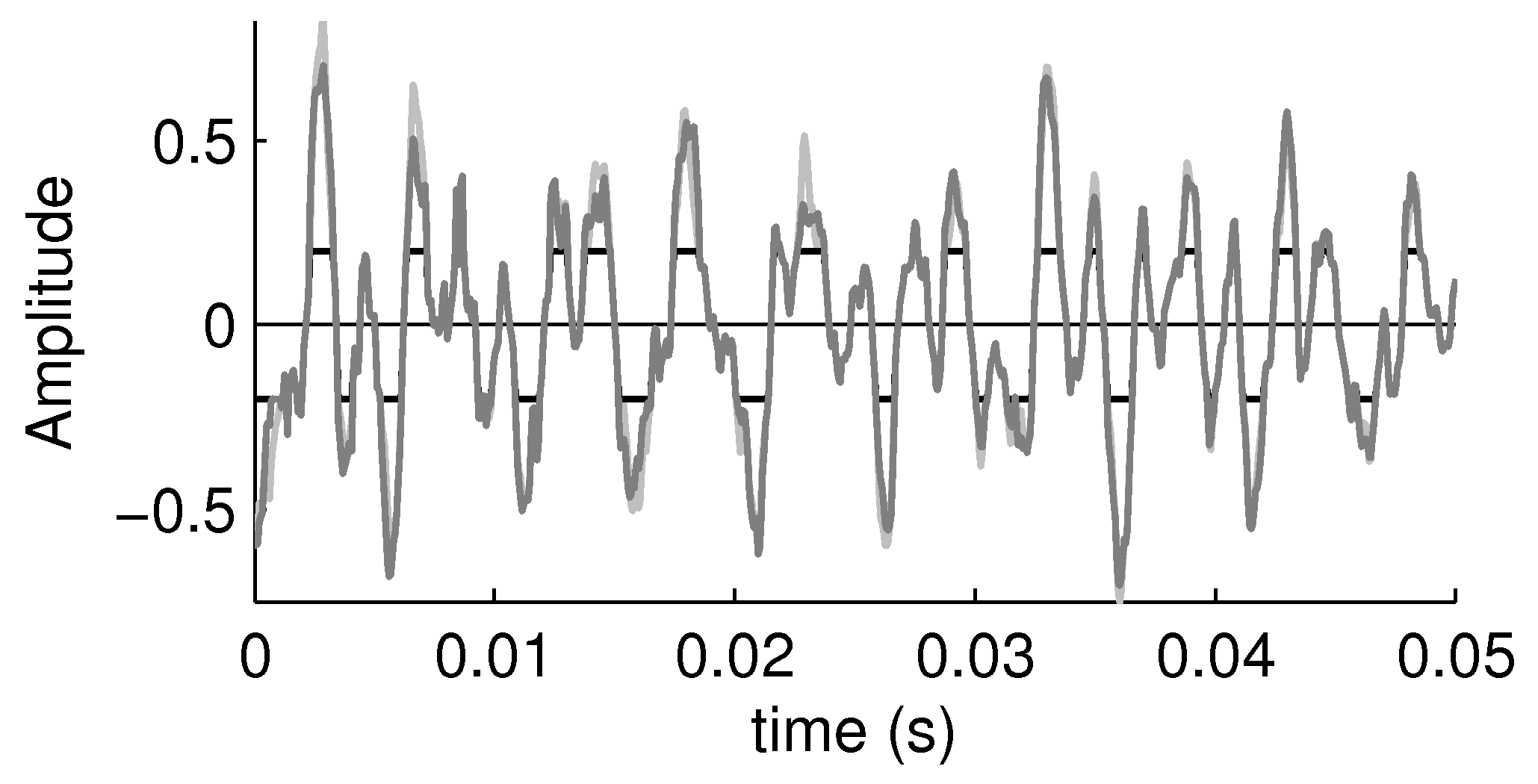Audio Inpainting
A new framework for inverse problems in audio, covering many applications
Inpainting audio data?
Not only images have holes to be filled: missing data problems also occur in audio.
Audio inpainting is a general framework encountered in many audio applications:
- Audio click removal: to reconstruct audio samples masked by impulsions in scratched CDs or old recordings.
- Audio declipping: to restore saturated samples from low-amplitude ones.
- Audio packet loss concealment: to fill large portions of missing audio, due to packets lost in communication networks.
- Audio bandwidth extension: to retrieve the energy in high-frequency bands from low-frequency contents.
- Local time-frequency restoration: e.g., to reduce artefacts from state of the art time-frequency audio source separation methods
An example: audio declipping
In the declipping problem, one must inpaint the portions of signals where the amplitudes are beyond the saturation threshold, based on the observation of the low-amplitude samples.
The figure below shows the restoration (dark gray) of a clipped speech signal (black), using our audio inpainting algorithm. The light gray curve is the reference signal before clipping.
Source: Adler et al., 2011.
Try it now !
Interested in Audio Inpainting ? Try it yourself with the Matlab toolbox available here : Audio Inpainting toolbox.
More details

